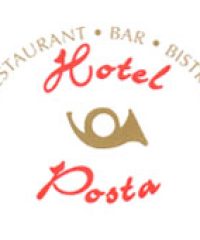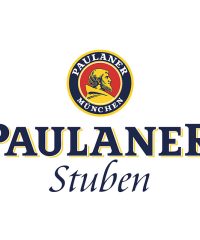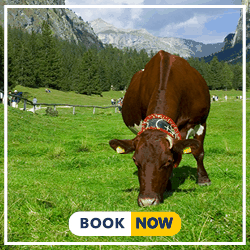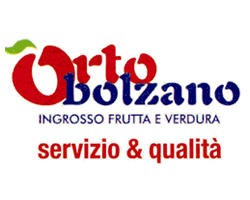Jewelry Rinner, the modern jewel shop in the heart of Bolzano – South Tyrol, exist for over 50 years now! It was founded in 1957 by Karl Rinner and taken over in 1994 by the son Peter Rinner, also a jeweler and clock master. The shop, in the course…
Located a few minutes from the city- center of Bolzano, near the airport, the Hotel Restaurant Post is a small and quiet hotel with 12 rooms. Guests can also take advantage of a large parking and,in summer, hobnob outdoor in the inviting garden. The…
RESTAURANT – PIZZERIA – BEERHALL The “Paulaner Stuben” are inaugurated in September 2005, becoming the first restaurant south of the Brenner with the brand of the prestigious munich brewery “Paulaner”. The…
Our philosophy since 1987 has always been to bring an ice cream that is genuine as “it was once”, and season after season, our ice cream shop has become a real meeting point for everyone, young and old, who wants to enjoy an italian gelato of high…










